HLC 3 Ends Today and My Mother’s Sculpture On Display
Happy Monday To You!
Well, today is our last day of HLC 3 Course here in Vista.
I’ve been having a great time with my students. They all seem to be enjoying the learning experience and are open-minded, which makes it much more fun to teach them.
I don’t have any students in this class that are fearful and trapped in their conditioned mind. They are willing to explore their inner-world and learn by assessing each other.
We’ve had several great morning chi building sessions out in the local park nearby.
This weekend I taught them how to connect with the plants and trees and learn from each species what beneficial energies it provides. I showed them how each plant or tree has unique energetics that can help us heal from a variety of body-mind imbalances.
They were all capable of communicating with and learning from the plants and trees. I also taught them how to tap into the consciousness of each life-form and communicate with it.
They all seemed impressed with how communicative the plants and trees are!
It’s always fun for me to teach people how to connect with and communicate with nature. It helps people feel more supported by nature, and less alone in the world.
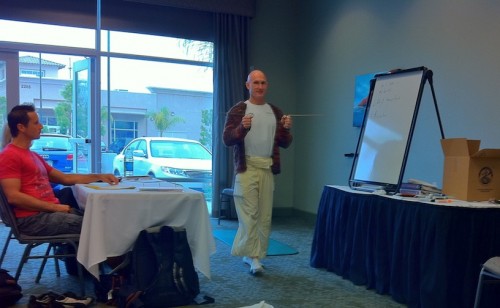
I introduced my class to the use of L-rods, which are tools used for dowsing. They are used for a variety of dowsing tasks, but commonly for finding disruptive earth energies or for finding underground water.
Because it is easier for beginners to have a tool that gives them feedback, I thought I’d share the L-rods with them. Here you can see me demonstrating how you can measure a person’s energy field, or specific fields within a person’s overall energy field construct.
In the top image, you can see me approaching Addida. I had already showed the students how to find her mental and emotional field, and am now showing them how to identify Addida’s etheric field.
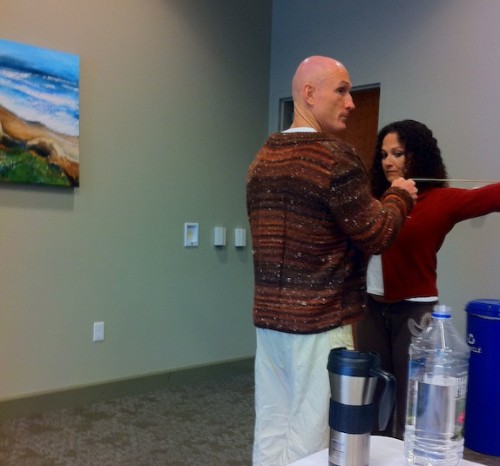
You can see where the rods opened as I got very close to her; this is because the etheric field is very close to the body. I also taught them how to use a pendulum for this task.
We covered medical dowsing as well. I was really impressed with this class of students!
They were able to dowse quite accurately. Many of the students were bang on!
Some will refine their skills with practice, yet as a group, this group is the best group of dowsers I’ve seen yet!
One or two of the students brought up the issues that dowsing is considered “evil” by some religions and asked what I thought in that regard?
I simply explained that if one were lost in the woods, out of water, and had the skills I teach here, they could not only save their own lives, but the lives of anyone with them!would that be evil?…
If one uses dowsing to help others heal, would that be evil?…
Sadly, some people believe without being rational – without asking intelligent questions! Oh well. So it is!
People often become open-minded when they are dying of a disease and the medical systems aren’t helping and they need a healer with such skills. F
unny how the “rules” change when someone’s belief system’s limitations threaten their own survival. We are at a point in human evolution where many belief systems will need updating and upgrading if we are to avoid significant loss of life on the planet in the coming 10-20 years!
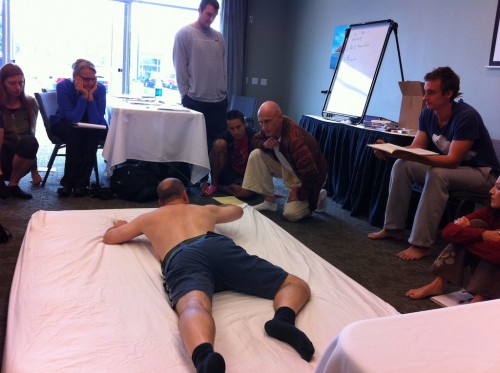
Here you can see me teaching my class how to use infant development as an assessment and correction methodology.
Infant development are a specific set of exercises that help to correct fundamental imbalances and is very powerful indeed; my students all got to experience that.
Marcel is the student we are working with in the picture here. He’s got some pretty debilitating spine injuries and it was great to witness how quickly his spinal function and posture improved with just a few sets of infant development exercise.
I’ve seen many people who’ve had years of pain improve dramatically in just a few sets of infant development exercise and I’ve never yet taught a group of people without having major healing transformations take place in the class.
I’m excited to share these skills with my students so they can help others heal quickly and effectively.
Below is an article about my Mother’s sculpture. Her new book, Humanitarians for Justice, Nonviolence and Peace is now available on Amazon.com and it’s quite beautifully done, I must say.
It’s an easy read with lots of beautiful pictures of her sculptures and short biographical explanations about each unique peace person she’s sculpted. I find it motivating to learn about the lives of those that have helped humanity find peace, often at the expense of their own lives. I hope you enjoy the article.
Have a lovely day!
Paul Chek
Dedication of Humanitarian Sculpture Collection
Posted on October 14, 2011 by Jim Beaver
(Ashland, Ore.) – The Hannon Library at Southern Oregon University will hold a dedication ceremony on Nov 4 for a sculpture collection of humanitarian peacemakers.
Meera Censor, an Ashland resident and artist, donated her collection to the library. It features 21 sculptures of people from all around the world that have contributed to peaceful causes. Icons such as Mahatma Gandhi and Nelson Mandela are expertly recreated in hydrostone and bronze.
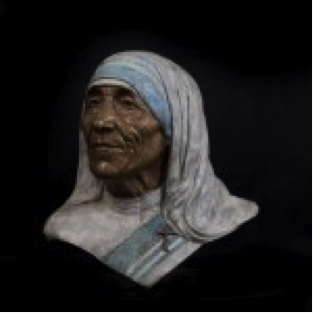
The ceremony takes place at 3 p.m. with a ribbon-cutting ceremony on the first floor of the library. A reception will follow in the Meese Room (#305) with light refreshments. The event is free and open to the public.
Meera Censor, an “unexpected sculptor”, had little formal training when she first began this series in 1997. The first piece paid tribute to Mahatma Gandhi, Censor’s chief inspiration for both her art and her personal philosophy.
This piece was only the second sculpture that Censor had ever created, but it spurred a seven-year dedication to sculpting these humanitarians, and a continuing study of nonviolent social change. Not content with physical images, Censor made of point of learning all that she could about each of her subjects. She has donated many of her books about these humanitarians to the Hannon Library to supplement the collection.
The collection was gifted to the library after Library Dean Paul Adalian saw Censor’s work during one of Ashland’s First Friday Art Walks.
Hannon Library is pleased to add the sculpture series to its other notable collections and exhibits. Showcasing people from many nations and cultures, these sculptures embody the library’s focus on multiculturalism and international awareness. The collection is now on permanent display on the first floor of the library, in a custom exhibit provided by the library with design assistance from Steve Frazier of the Schneider Museum.
The artist and the library encourage local teachers to bring students in to see the collection and to incorporate the histories of these humanitarians into their courses.
Meera Censor is available to speak to classes about these people and their work. She will be happy to visit local schools or meet classes at Hannon Library.
Teachers and educators can get more information by contacting the library at (541) 552-6816, or Meera Censor at (541) 488-5683.
The artist has written a companion book to this collection, which provides more information about the art and the subjects’ personal histories. The book includes color photographs of each sculpture, provided by Colby Stephens, an SOU alumnus.
The book is available for sale at the SOU Bookstore and Hannon Library, or by order through the artist’s website. Proceeds will fund two final sculptures for the collection, and then be divided among the various organizations Censor represents.
For more information about Meera Censor and her artwork, visit https://www.meeracensor.com/.

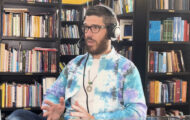
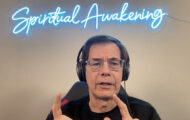
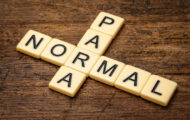
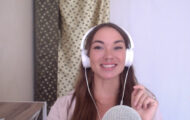
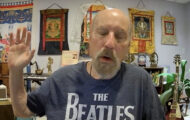
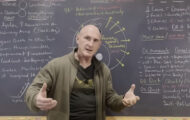





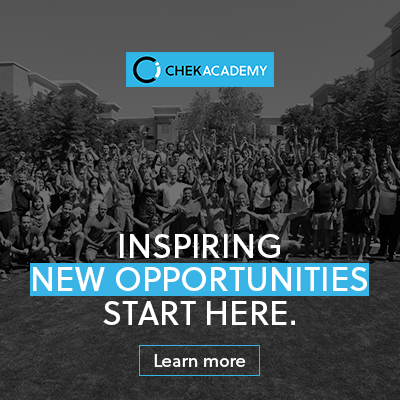

Find me on the web